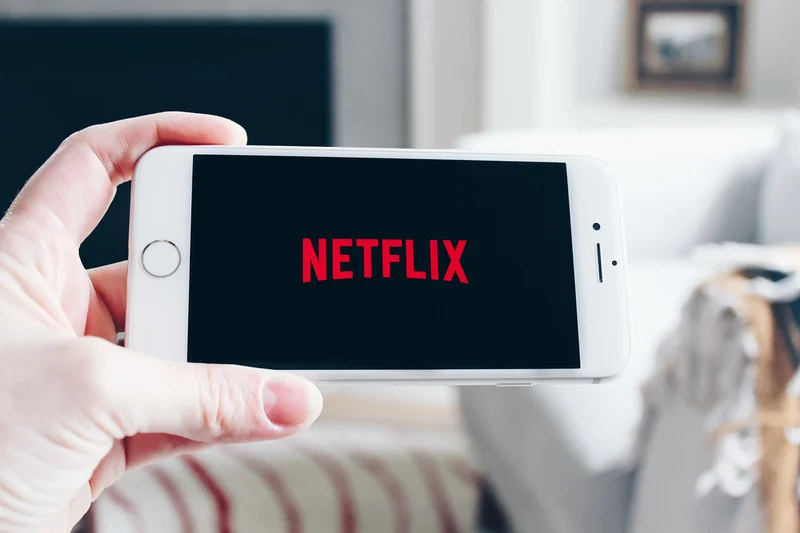Netflix's Split Decision: Genius Move or Desperate Gamble?
Netflix's recent volatility is a case study in how quickly market sentiment can shift. One minute, it's a streaming juggernaut; the next, it's facing questions about valuation and tax disputes. The knee-jerk reaction to the third-quarter report—a sell-off triggered by an earnings miss—highlights the market's short attention span. Investors, as usual, focused on the headline (the earnings miss) and not the underlying trends.
The Numbers Tell a Story
Let's break it down. Revenue growth accelerated to 17.2% in Q3, translating to $11.5 billion in quarterly sales. That's not exactly a company in distress. The Brazil tax issue? A $619 million charge. Significant, yes, but a one-time event that shouldn't overshadow the broader growth trajectory. The ad-supported tier, launched in 2022, is projected to more than double its revenue in 2025. And with 190 million monthly active viewers seeing those ads across 12 countries, that's a serious revenue stream (and a lot of eyeballs).
Netflix is projecting a 29% operating margin for 2025, up from 27% in 2024. This is where things get interesting. How sustainable is that margin expansion? Can they continue to squeeze more profit out of each subscriber? The price-to-earnings ratio is around 47, and the forward multiple is about 37. This is where the "potentially high valuation" comes into play. Is it justified? Or is the market pricing in unrealistic growth expectations?
Then there's the 10-for-1 stock split. Stock splits are, in my opinion, mostly cosmetic. They don't fundamentally change the value of the company. But they do make the stock more accessible to retail investors. The psychology is simple: a $100 stock feels cheaper than a $1000 stock, even if your ownership percentage remains the same.

The Motley Fool recommends Netflix, which, while not a guarantee of success, is a data point. They also recommend Walt Disney, a direct competitor. I've looked at hundreds of these analyst recommendations, and the dual endorsement suggests a belief in the overall strength of the streaming market, not just one player.
The Ad-Supported Gamble
The ad-supported tier is the wild card. It's a relatively new initiative, and its long-term impact is still uncertain. Are these "new" subscribers, or are they downgrades from higher-priced tiers? The answer to that question will determine whether it's a net positive for revenue. Netflix doesn't break out those numbers (not yet, anyway), which is a missed opportunity for transparency, in my view.
Netflix has achieved eight straight quarters of double-digit top-line expansion. That's a solid track record. But can they maintain that momentum? The streaming market is becoming increasingly crowded, with new players entering the fray all the time. Content costs are rising, and competition for subscribers is fierce.
The company grew revenue 16% for the full year in 2024. Revenue in Q1 2025 rose 12.5% year-over-year to $10.5 billion, and in Q2 2025, it grew 15.9%. The overall trend is still positive, but the rate of growth appears to be slowing slightly. Is this a temporary blip, or is it a sign of things to come?
A Reality Check
Netflix's stock split is a calculated move to boost accessibility. It's a classic example of financial engineering—making a company look more attractive without fundamentally altering its value. It's not about the long-term vision; it's about short-term gains.
